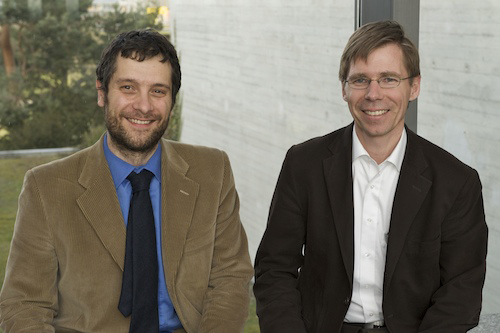Andrea Cavalleri
University of Hamburg, Germany and University of Oxford, UK

Date
17 March 2010
Host
Joël Mesot
Title
Controlling Strongly Correlated Electrons with Light
Abstract
Solids with “strongly” correlated electrons are those in which Coulomb interactions between pairs of carriers exceed their kinetic energies. One remarkable consequence is that even if the number of electrons per unit cell is fractional, these solids can be insulating. Furthermore, they can exhibit very surprising properties, for example they can become superconducting when doped (leading to High Temperature Superconductivity in copper-oxide ceramics) or have enormous changes in conductivity when put in a magnetic field (e.g. in the colossal magneto-resistance). All these physical properties cannot be understood in terms of single electron “band” theory, which has been a guiding principle for the science and applications of systems with weak Coulomb correlations. Aim of our work is to try to use coherent electromagnetic fields to manipulate electron charges and lattice to control the macroscopic properties dynamically. The overarching goal is to induce new phenomena and functionalities. How can light control electrical and optical properties in these compounds? Can it be used to control magnetic order without delivering helicity to the system? Can light be used to induce superconductivity? And more. By using light and by watching the evolving properties, can I understand aspects of the underlying physics any better than with static probes techniques? Our work has also a strong methodological component, and we aim at using short wavelength probes to interrogate the transient states. To this end, we work with tabletop femtosecond sources, synchrotron radiation and Free Electron Lasers, with the goal of extending to the ultrafast timescale the wealth of static x-ray probes that have revolutionized solid-state physics. In this talk I will try to convey how far we got so far and where we are going.
